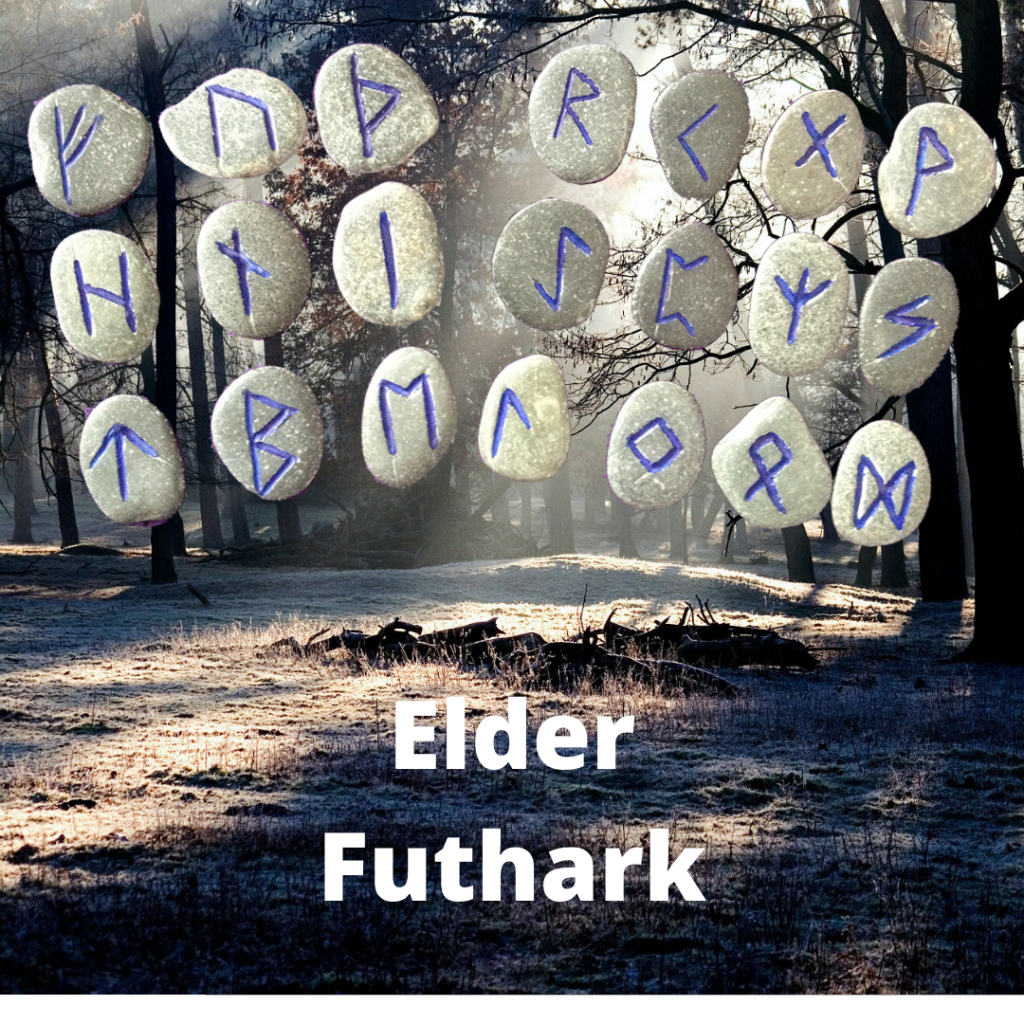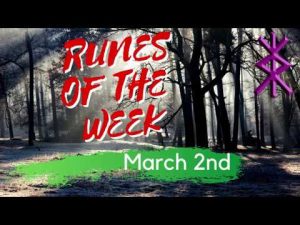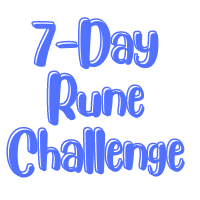 Some of the absolute earliest know Runic inscriptions have been estimated to be from around the 1st Century AD however, the majority of these Runic finds date from the 8th to the 12th Centuries.
Some of the absolute earliest know Runic inscriptions have been estimated to be from around the 1st Century AD however, the majority of these Runic finds date from the 8th to the 12th Centuries.
Inscriptions using Runes have been found throughout Europe, especially Scandinavia, Germany, the British Isles, and even the Balkans.
The origin of the letters themselves could be greek, Roman, or of some other origin… it is not clear as there is some resemblance to several ancient alphabets. The Word Rune or Run in ‘Old Norse’ means secret, whisper or mystery.
In the very early inscriptions, the direction of writing/reading was varies,… sometimes from left to right, sometimes from right to left. Up to down and down to up writings have also been discovered.
However, by the mid 8th century it became settled in a left to right format with word separation being noted by one or two small dots.
The Runes were used for many purposes:
- On Rocks, cliffs and some buildings
- On some Anglo Saxon Grave Stones
- As Religious or Magic inscriptions/Charms/Curses etc.
- For divination
- As personal letters/communications
- To write Lewd poetry
- As signatures on works of Art made by woodworkers, metalworkers and jewellers, etc.
There are quite a few different variations of the Runic alphabet… the most common the the following three.
The Elder Futhark

The Yournger Futhark

Anglos Saxon Runes

The most commonly used Runes for divination are those of the Eldar Futhark and those are the Runes that we use in the course ’28 Days to Rune Mastery’.





